Review of Everything I Need to Know I Learned from a Children’s Book
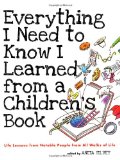 Everything I Need to Know I Learned from a Children’s Book
Everything I Need to Know I Learned from a Children’s Book
Life Lessons from Notable People from All Walks of Life
edited by Anita Silvey
Roaring Brook Press, New York, 2009. 233 pages.
Starred Review
Here’s a fabulous and thought-provoking celebration of children’s books. I read it slowly and savored it, enjoying a few pages a day. I definitely want to purchase my own copy so I can go through it again many times.
In the Introduction, Anita Silvey explains what she has accomplished with this magnificent book:
“In this book 110 society leaders from various areas — science, politics, sports, and the arts — talk about a children’s book that they loved and its impact on their lives. Funny, insightful, and inspiring, these stories testify to the amazing power of the right book for the right child — at the right time.
“A single illustration from Treasure Island created by N. C. Wyeth made his son Andrew want to become a painter and inspired Robert Montgomery to become an actor. Sometimes a specific book sent an individual on a career path: Steve Wozniak of Apple Inc. read the Tom Swift books, knew he wanted to be an inventor, and eventually created Apple I and Apple II. Characters became role models; Jo March of Little Women inspired actress Julianne Moore, television commentator Judy Woodruff, and writer Bobbie Ann Mason. A book revealed a truth about the person’s character, as Mike Mulligan and His Steam Shovel did for Jay Leno. At times single lines from a book have resonated for a lifetime: William DeVries, the cardiothoracic surgeon who implanted the first artificial heart, has thought about a statement from The Wizard of Oz all of his career — ‘I will bear all the unhappiness without a murmur, if you will give me a heart.’…
“All of the essays reveal interesting details about the person who wrote them. Many of the people in this volume remember the name of their librarian or teacher, the bookstore they frequented, or the person who handed them a beloved book. When we give children books, we become part of their future, part of their most cherished memories, and part of their entire lives.
“Children’s books change lives. Everything I Need to Know I Learned from a Children’s Book provides insight into how they do this. I hope the essays in this book will inspire you to find great books for the children in your life and move you to read to them. The act of reading to a child is the most important contribution to the future of our society that adults can make.”
The large format of the book includes a one-page excerpt with a picture from the book that the famous person is remembering. On the page about their remembrances, there is a sidebar about the background of the book and the person who was touched by it.
The books chosen and remembered present an amazing range of titles. There are picture books, chapter books, and even books considered adult books. Given the ages of the contributors, many of the books were written long ago, but a large number of them are still in print and much beloved today.
Here’s a passage that I enjoyed from Kyle Zimmer, who talked about falling in love with The Hobbit as a child and later reading that same book to his own son. Perhaps I especially loved that essay because the same is true of me and that very book. But his summing up applies to so many more books and so many more people:
“When we read great books with our children, we teach them to turn to great books throughout their lives for comfort, humor, and for illumination of the human experience. The most influential leaders and thinkers in the world have consistently relied on literature for inspiration at their most difficult moments. Nelson Mandela turned to Steinbeck during his imprisonment and says it changed his life. Lincoln was criticized for reading novels in the middle of the Civil War; he defended himself by saying that it kept him sane.
“Whether we are called upon to govern a nation or organize a birthday party for too many children, the key to both surviving our days and cultivating our next generation of leaders is many books, well chosen.”
In many ways, that sums up why I love being a children’s librarian and think of it as more of a calling, than a job. (So I am still a children’s librarian, even though I am currently not employed as one.)
As Jerry J. Mallett says in the very last essay, “It is never too late to have your life changed by a children’s book.”
Find this review on Sonderbooks at: www.sonderbooks.com/Nonfiction/everything_i_need_to_know.html
Disclosure: I am an Amazon Affiliate, and will earn a small percentage if you order a book on Amazon after clicking through from my site.
Source: This review is based on a library book from the Fairfax County Public Library.
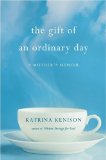

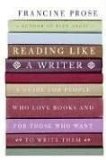
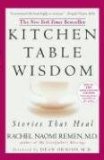
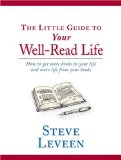
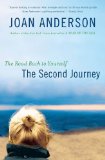

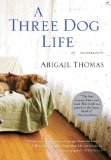
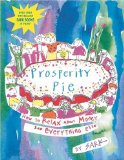 Prosperity Pie
Prosperity Pie